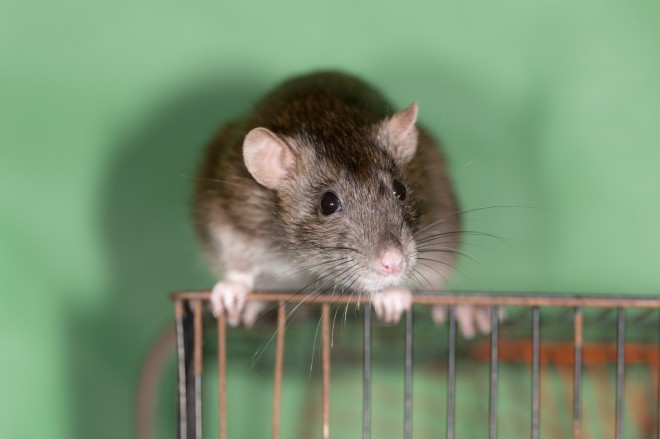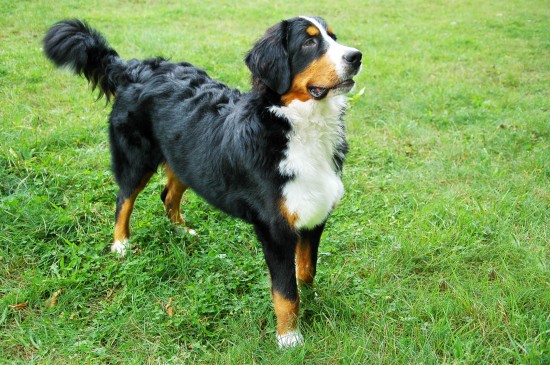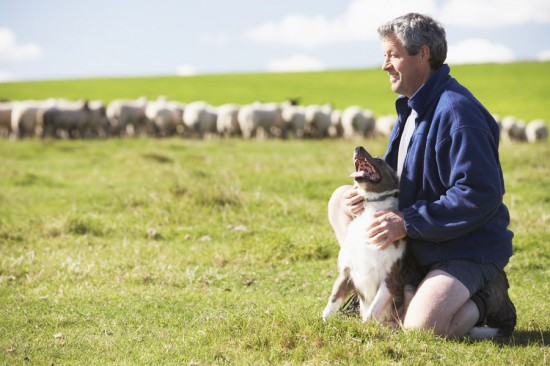Through the years there have been different materials used for automatic livestock fountains. Traditionally, the most common materials were galvanized, painted steel or concrete.
In the mid 80抯 a new material, plastic, was introduced to the market. Plastic (low linear density polyethylene) waterers are very tough and when properly manufactured, can withstand the most severe conditions. They will withstand the abuse of livestock and extreme temperature changes from very cold to very hot. The insulation has a higher r-value than the insulation found in steel fountains and will not need to be replaced or repaired as it is encased in the walls of the plastic instead of on the walls as in steel fountains. This is dependent on the manufacturer抯 design of course. Some manufacturers leave the insulation exposed, which leads to eventual water saturation and deterioration of the insulation. They cut corners to reduce costs resulting in a waterer that will not perform well and will have a short life. The clich?揧ou get what you pay for?is particularly true with plastic fountains.
In recent years a series of hybrid fountains have appeared and are proving to be the most rugged, dependable, and efficient automatic fountains on the market. These fountains employ the best features of steel and plastic. The casing, frame, and cover are heavy duty, heavily insulated plastic, while the heated trough is made of 304 stainless steel. This combination allows for very efficient watering in the most severe conditions, and can withstand the harshest deteriorating feed lot environment. In the winter of 2006/7 a mid-sized 4-ft fountain was monitored for electric consumption in Iowa.* The results were energy usage of less than $30 for the entire cold season and this was without a properly set adjustable thermostat. This new rugged design comes in sizes ranging from very small fountains that will water up to 20 head to models that are 12 feet long and will water up to 500 head.
No matter what material are used the most important factor is the design and the manufacturer. Again, the 搚ou get what you pay for ?adage applies. It is important to study the materials, features, and design of any fountain before you make your purchase.
*The test was performed in Nevada, Iowa for a 4-1/2 month period. There were 94 days of below freezing temperatures, with the coldest periods reaching ?0. The fountain used for the test was a 548 watt Ritchie model CattleMaster 480.
For more information about Ritchie Automatic waterers, please visit http://www.ritchiefount.com or Horse waterers and to purchase online, vist http://www.ritchieequine.com

 Read this Article if You are Against Abuse to Animals
Read this Article if You are Against Abuse to Animals
 Creating A Basic First Aid Kit For Rats And Other Small Caged Pets
Creating A Basic
Creating A Basic First Aid Kit For Rats And Other Small Caged Pets
Creating A Basic
 Greater Swiss Mountain Dog Hereditary Health And Longevity
Greater Swiss Mou
Greater Swiss Mountain Dog Hereditary Health And Longevity
Greater Swiss Mou
 Training A Sheepdog
Training A Sheepd
Training A Sheepdog
Training A Sheepd
 Chicken Runs –Your Chickens to Roam Happily and Secured from Predators
Chicken Runs –Your Chickens to Roam Happily and Secured fr
Chicken Runs –Your Chickens to Roam Happily and Secured from Predators
Chicken Runs –Your Chickens to Roam Happily and Secured fr